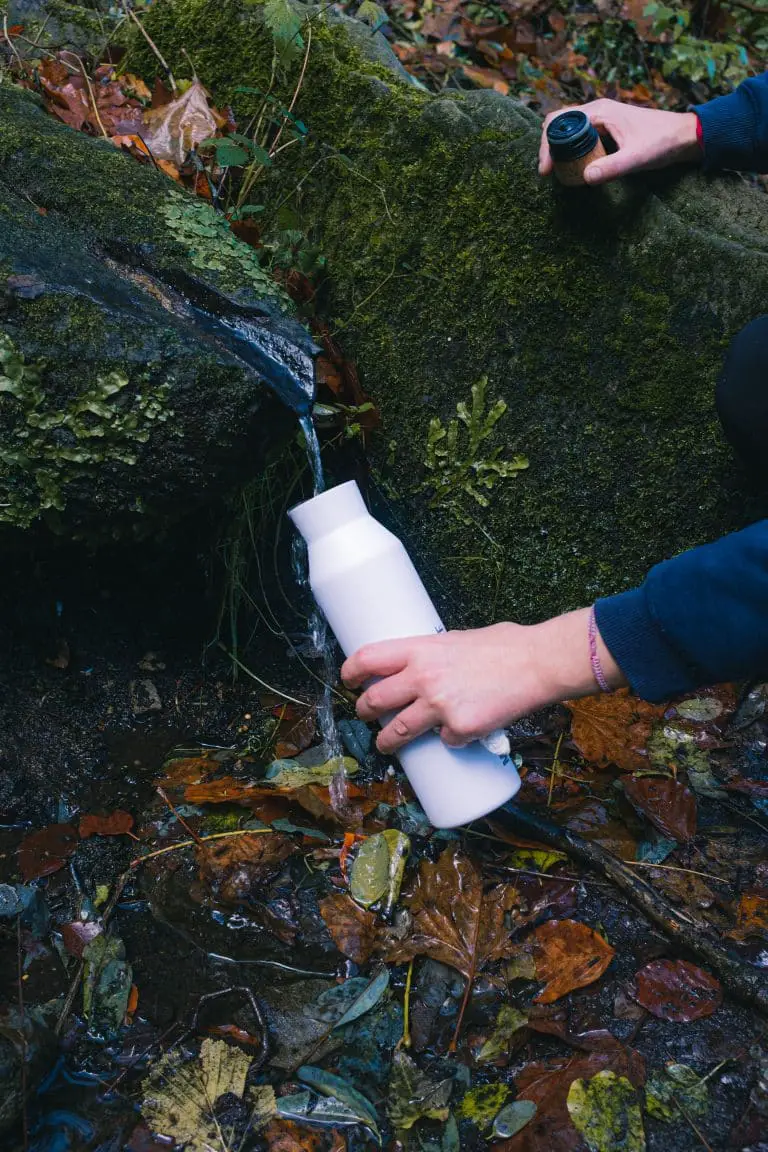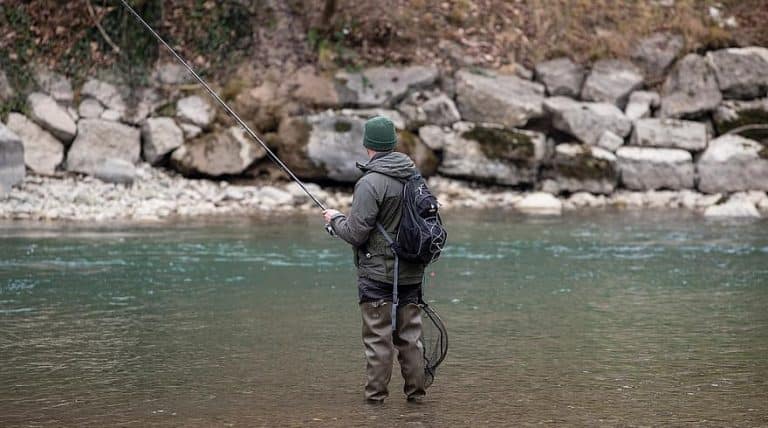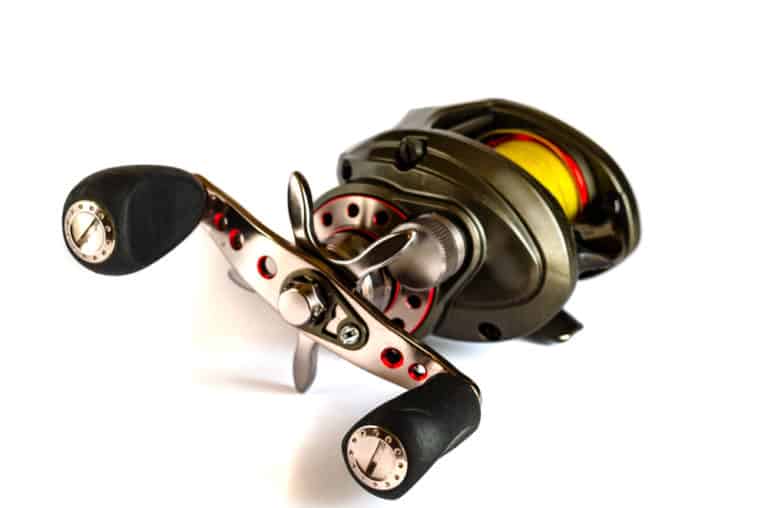How To Put Line On A Baitcaster
If you’re new to fishing or have been using a spinning reel, you may find yourself wanting to learn how to use a baitcaster. Baitcasters are the most popular kind of reel among fishers and with good reason.
Compared to spinning reels, baitcasters allow you to gain better line control which improves your accuracy, slows down the lure so it falls into the water softly without spooking the fish and gives you longer contact with the lure even when the reel is in free spool so you can detect your strikes quickly.
With stronger drag and the ability to hold heavier lines, baitcasters are more versatile when it comes to the lines that can be used as well as the fishing environments and types of water that you can use it in.
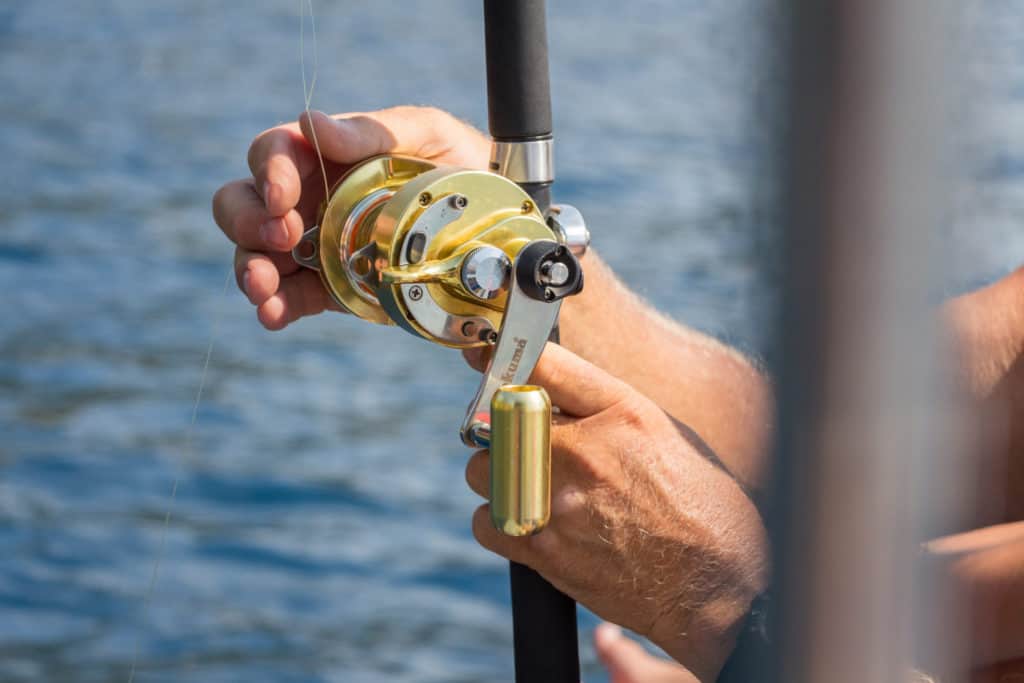
When you’ve chosen your reel, the next thing you have to choose is what kind of line that you want to use when fishing. This is a hugely important choice that may seem small but will determine your success when you fish.
If you’re a beginner angler with little to no experience then working with as much equipment as you can will help you to decide what you feel comfortable using and what brings you the most success. An important skill you’ll have to learn when you choose your line is knowing how to put the line on a baitcaster correctly.
In this guide, we’ve gathered everything you need to know about putting your line on a baitcaster as well as other important information that you need to learn before you practice. Not only is this going to help you to prevent making mistakes but you’ll also know what to expect and how it should look as you are spooling your line.
Table of Contents
How to put braided line on a baitcaster
The most popular kind of line to use is braided line thanks to its strength and success with all kinds of fish. Knowing how to put a braided line on a baitcaster can be tricky to do at first but once you master this skill, you’ll be using it all the time.
A good trick to consider is by having a couple of wraps of fluorocarbon or monofilament on the spool so the braided line can catch onto it without slipping. Cover the spool with one small layer and tie the braided line onto the spool using the double uni knot to make sure that it is extra secure.
After this, fill up the spool until there is a ⅛ inch gap between the line and the top of the spool. The reason why you shouldn’t have any more is because it will be a waste and having any less will mean that your line won’t cast as well.
When spooling your rod, make sure you are applying a consistent and good amount of tension as you wrap the line so you have an appropriate amount.
Lines that are not spooled tight enough are more likely to get tangled and cause issues as you cast the line whereas lines that are too tight are going to be tricky to cast at all and may cause a disruptive experience.
Being able to wrap your line at a good tension will come as you get more experience so if you make some mistakes at first then don’t worry. As the old saying goes, practice makes perfect.
How to spool a baitcaster with fluorocarbon
The second option when it comes to choosing your line is fluorocarbon. A lot of anglers like to use fluorocarbon thanks to its high visibility in the water which is great if you are fishing in freshwater.
The way to spool fluorocarbon on a baitcaster is by applying the same method as braided lines. Unlike braided lines, fluorocarbon has great grip so it doesn’t require any backing to support it. However, when it comes to everyday fishing, fluorocarbon should not be used as a main fishing line as it poses many disadvantages.
The first thing to bear in mind is that you can’t use anything above 8 pounds or the performance will suffer.
Baitcasters perform stronger when used with heavier lines so using a fluorocarbon line means you are not using the reel to its full potential. Another issue is that fluorocarbon is most likely to get tangled no matter what tension to wrap it around with.
If you are dead set on using fluorocarbon then using it with a spinning reel will probably be the best option. However, this doesn’t mean that you can’t use fluorocarbon with a baitcaster but braided lines will give you a better performance.
How to spool a baitcaster with backing
The last thing to learn when it comes to spooling is the backing. Backing helps to secure the line and means that you will have more control when casting your line. It also means that your line is even stronger so it anchors to the reel and only breaks when there is a fight with a large and heavy fish that doesn’t end well.
The other great advantage to using backing is that it fills the line up even more than a single line would which helps to reduce the amount of main line you would use as well as giving you more support when casting. It is advised to use backing when using braided lines as they don’t have as strong a grip.
The best line to use for backing is old monofilament which is then connected using an Albright knot before wrapping the braided line around the line.
Make sure that when passing your line through all of the rod guides that you are applying a consistent tension. This will ensure that it is supported by the backing at all times and gives you a bit of leeway when casting.
How do you put a line on a baitcaster reel without a twist?
When it comes to putting your line on a baitcaster reel, you need to make sure that it doesn’t twist. Not only does this mean that your line will look sleek but it will also prevent any issues further down the road when you are casting.
Not only can twisting cause your line to get tangled and knotted but it can make it hard to cast and cause problems when reeling the line back in as it will result in the fish getting scared.
The best way to prevent your line from getting twisted when putting it on the line is to make sure you turn it around so the line comes off the top of the spool which then turns counterclockwise.
Not only does this mean that it will look uniform but it will fall into the school of the reel and make the process a lot quicker and easier.
What kind of line do you use on a baitcaster?
You can use any kind of line on your baitcaster but the best option by far is braided line. This line is often regarded as a favorite among most anglers because of how versatile it is.
It is a more expensive option but the advantages outweigh the disadvantages but it is guaranteed to last you longer while remaining stronger and meaning that it is more sensitive so you can detect bites much quicker.
You’ll find that using braided lines is more likely to give you more success than monofilament or fluorocarbon regardless of what kind of water or the fishing conditions.
Which way should the line come off the spool for Baitcaster?
When it comes to knowing which way the line should come off the spool, it is different depending on the type of reel you are using. If you are using spinning reels or have used spinning reels in the past then you may have noticed that the majority of them work in a clockwise direction.
However, it is different with baitcaster reels where the line comes off in a counterclockwise direction with the face of the spool facing you so as to prevent any accidents from happening.
Should you use a braided line on a baitcaster?
As mentioned previously, using a braided line is probably your best option, especially if you haven’t used a baitcaster before. This is because it is the easiest line to work with and is incredibly versatile as there are plenty of weight options available depending on what kind of fish you want to catch.
Braided lines are also not as likely to break when you’re dealing with larger fish that are more aggressive. If you are fishing from a boat then braided lines are going to be the best option as you’re more likely to be casting a longer line so you want to make sure that it is tough and able to be cast in any kind of water in any condition.
Conclusion
In conclusion, learning how baitcasters work and what their advantages are is the first step to learning how to put the line on the spool as well as what line is best for you. No matter what you choose, it’s best to experiment with different lines and weights so you can see what the most successful choice is for you.
Depending on what kind of water you fish in and the weather conditions on the day that you fish, practicing with different types of equipment will give you the best experience and the knowledge to become a better angler and see you achieve more success.

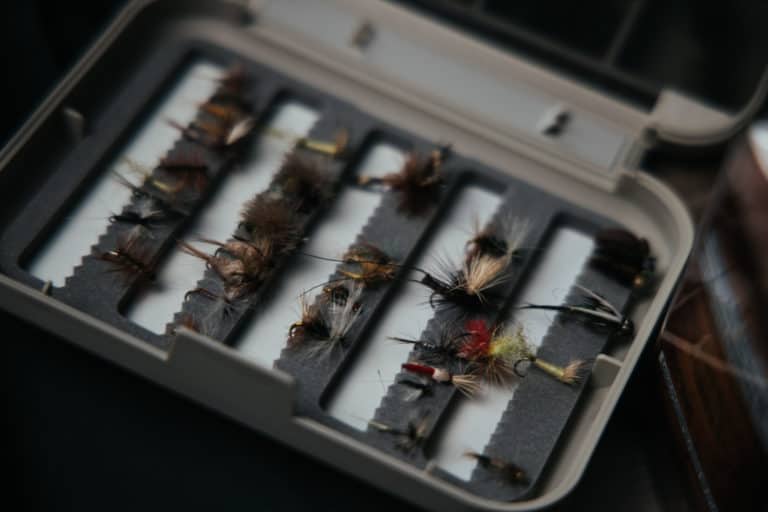
![Best Surf Fishing Rods: Top 5 Rods [Reviews & Buyers Guide]](https://watersportingadventure.com/wp-content/uploads/2020/10/1825297_bc6bfebf-e1601744206236.jpg)
